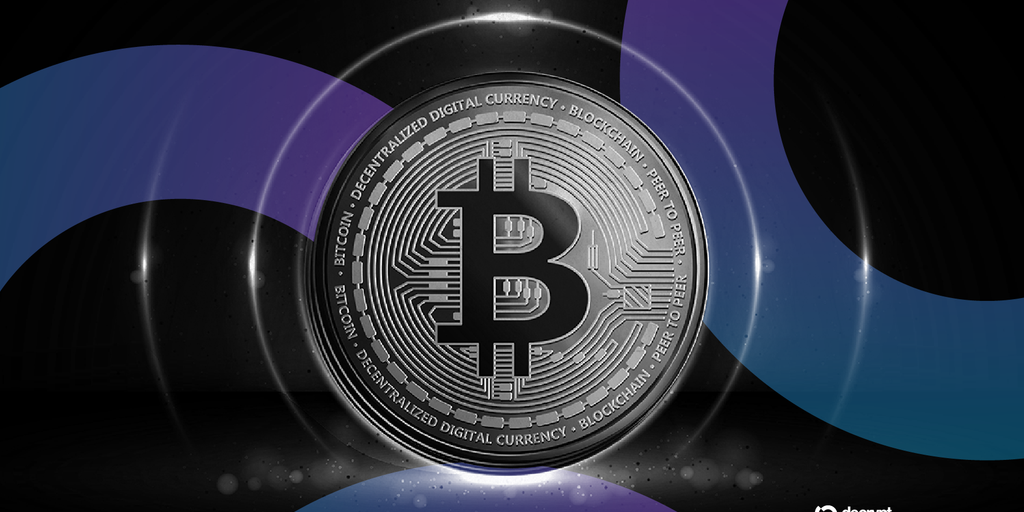The cryptocurrency market is closely monitoring Bitcoin’s trajectory as traditional financial indicators show notable shifts. The U.S. dollar has demonstrated renewed strength in recent trading sessions, while gold’s impressive rally has entered a consolidation phase. These developments create a complex macroeconomic backdrop for digital assets, with Bitcoin positioned at a critical juncture.
Market analysts observe that Bitcoin currently faces competing influences from broader financial markets. The dollar’s rebound typically creates headwinds for risk assets, including cryptocurrencies, as it increases the opportunity cost of holding non-yielding assets. Simultaneously, gold’s pause after its sustained upward movement suggests investors might be reassessing safe-haven allocations.
Attention now turns to August’s Core Personal Consumption Expenditures (PCE) data, scheduled for release this week. As the Federal Reserve’s preferred inflation gauge, this economic indicator could significantly impact market expectations regarding future monetary policy. Many traders anticipate that softer inflation figures might revive risk appetite, potentially benefiting Bitcoin and other digital assets.
The cryptocurrency’s near-term direction likely hinges on how these macroeconomic factors interplay. Should inflation data come in cooler than expected, it could alleviate pressure on the Fed to maintain restrictive policies, creating a more favorable environment for Bitcoin. Conversely, persistent inflation concerns might strengthen the dollar further, potentially extending Bitcoin’s current consolidation phase.
Market participants are advised to monitor these key economic releases closely, as they may determine whether Bitcoin breaks from its recent trading range or continues to move in correlation with traditional market movements.


